The Marvels is a huge moment for the Marvel Cinematic Universe for so many reasons. Between three female hero leads (two of those women of colour), a story the marketing promises will “change everything”, and not just one but many Flerken kittens, the Captain Marvel follow-up has a lot going for it. That moment becomes even more significant when you learn that director, Nia DaCosta, is the youngest person (and first solo female) to direct an MCU movie.
During a roundtable interview, Lifehacker Australia spoke to DaCosta about her experience making The Marvels, why the movie is an important step for representation and what it could mean for the future of the MCU.
Keeping up with Captain Marvel
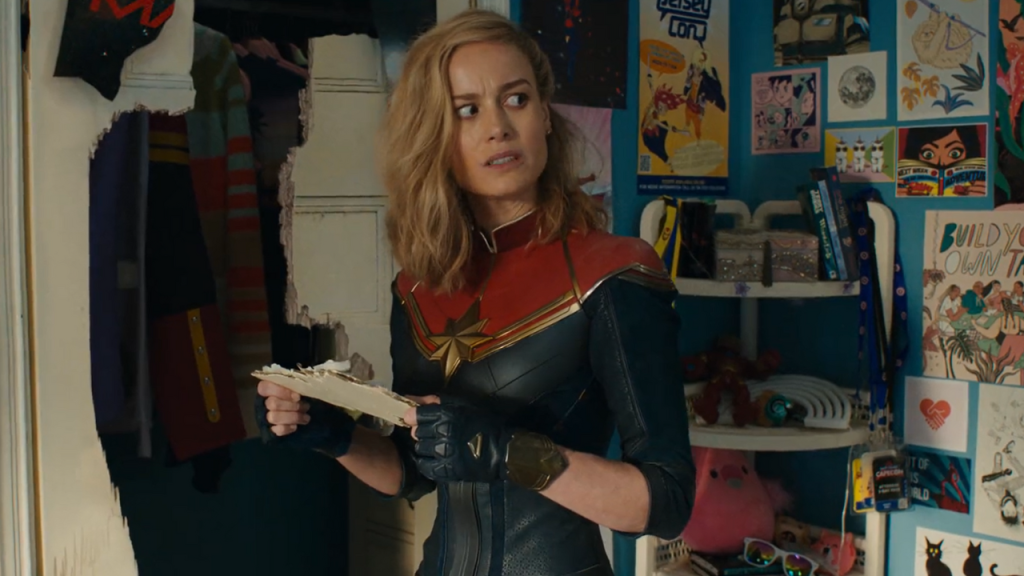
Despite being one of the biggest names in Marvel comics, Captain Marvel (played by Brie Larson) is still a relatively new addition to the MCU. Carol Danvers’ origin story, which takes place in the 1990s, was explored in 2019’s Captain Marvel, which was then followed by her appearance in the current-day MCU in Avengers: Endgame. That thirty-year gap in her timeline has made Captain Marvel into quite a mysterious figure, and it’s something that will be explored further in The Marvels.
“We see her at home, we see where she lives, we see how she’s been spending her time. It was really important to me in this film that we get an idea of who she is when she’s not saving the universe,” DaCosta said. “And we get more of her relationship to her family, which at this point is really Nick Fury and Monica Rambeau.”
DaCosta added that the theme of family is crucial in the film, particularly how it gives these heroes the “foundation and power to go out and take on the world.”
“Specifically for women, something that I wanted to show with Carol is she feels like she has the world on her shoulders, she feels like she has to go out there and save the world, and I think a lot of people, but also a lot of women, can relate to that sort of feeling of pressure or feeling like the world is on your shoulders and that you have to do it all alone. And this movie is about her realising that she shouldn’t have to and she doesn’t have to,” DaCosta added.
A marvellous trio
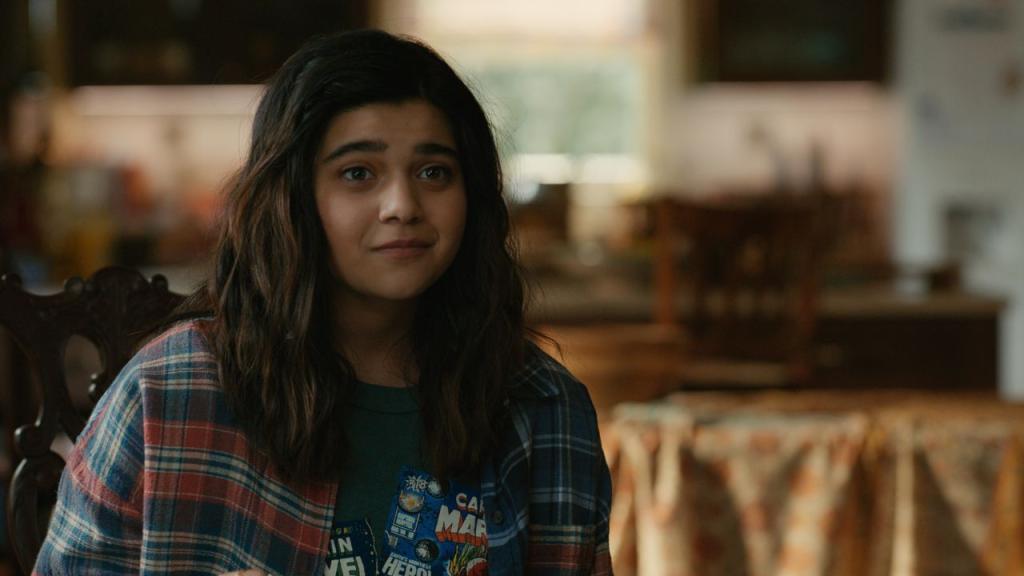
Carol Danvers isn’t the only one facing struggles in The Marvels, which introduces a new superhero team-up between Ms Marvel’s Kamala Khan (Iman Vellani) and Teyonah Parris’ adult Monica Rambeau, who was last seen getting powers of her own in WandaVision.
The trio aren’t exactly a team at first, particularly as the tenuous familial relationship between Carol and Monica bubbles to the surface.
“Their reunion, their finding each other again after, you know, years, [it] was really special to me to be able to put them back together after that look in WandaVision that Monica gives,” the director said.
Kamala, meanwhile, is the most eager of the group and represents one of the youngest heroes that the MCU has in its roster.
“[Kamala] represents this new, like, expanded vision of what a hero can be. She’s Pakistani-American from Jersey City, and her family is central to her life and what gives her her strength,” DaCosta said. “I think all of that is so amazing and I think that kind of young character is really important for the MCU.”
The problem that initially brings the heroes together is a mysterious entanglement of their superpowers, which causes them to switch places whenever they simultaneously try to use their abilities.
“One of the challenging aspects of the film was figuring out the switching and how that would work with the action,” DaCosta explained. “We had to be really detail-oriented, we had to be really prepared.”
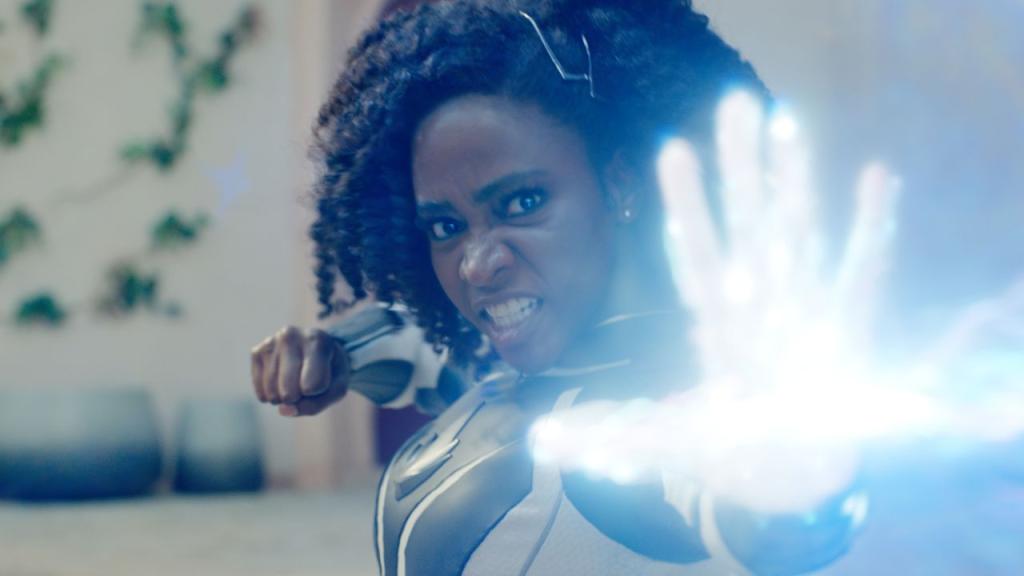
This is complemented by the heroes’ different fighting styles, which DaCosta explained as being all very distinct.
“Carol, you know, she doesn’t have to be very precise because she’s really powerful and she’s usually punching ships and cosmic creatures. So she’s kind of brute force…” the director said.
“Monica is learning how to use her powers [and] learning how to fight in this way. Because she’s trained, she’s military… she has a very, maybe more regimented, fight style, but [is also] a little wobbly, because she’s learning how to use it with her powers.”
“Kamala, you know, she’s 16 and she’s just kind of learned how to use her powers in [Ms. Marvel], but she’s been parkouring all over Jersey City [and] we wanted to include that.”
The result adds a fun and action-packed body-swap element to the MCU that is unlike anything the franchise has really done before.
The Future of the MCU
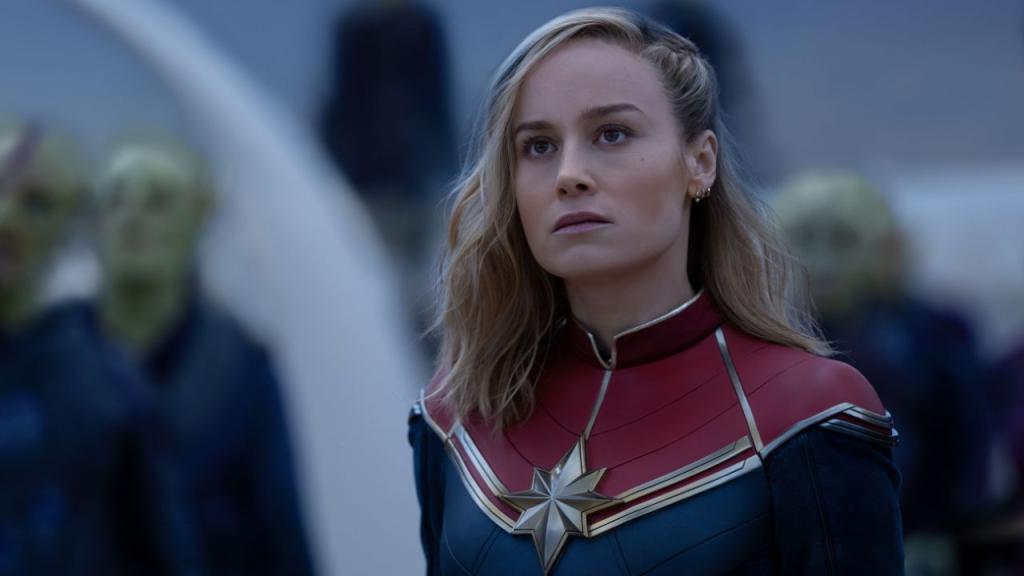
The Marvels is the 33rd film in the MCU, releasing in what is considered Phase 5 of the franchise. At this point, it’s difficult for a Marvel film to stand on its own. Among the criticisms of Marvel Studios of late, one is that viewers are required to do too much homework before watching a new film. Another is that the latest projects don’t seem to be leading to any overarching plan.
The Marvels is by all intents and purposes a sequel for its three main characters, but it also seems to land in the middle of this spectrum – providing a film that is a contained, fun and meaningful journey for its heroes, paired with events that could have ramifications on future films. It’s something that DaCosta acknowledged was just a part of the process of working on an MCU film:
“Obviously, a lot changes because the way Marvel works is that they kind of keep developing, things change and shift, you throw something out, maybe you bring it back, you do something else. It’s a really dynamic and ever-moving sort of process,” she explained. “But the core of the film – the women switching, what the villain would be up to – all that stuff was the same and came out of their development and how it would relate to the rest of the MCU and how these characters would kind of move forward in the MCU.”
“I think by the end of this film, you get a pretty good idea of where it’s going,” she said.
DaCosta acknowledged that she’s not privy to the overall schemes of Marvel Studios (“I have a little bit of an idea of what’s happening in the future, but I don’t know about overarching plans”), but with two more Avengers films on the horizon, she did have some thoughts on where Captain Marvel might stand within the team.
“I think Captain Marvel, I kind of see her and Captain America as like sort of the Scott Summers and Storm of the current MCU, where they’re always battling for who should be the leader of the Avengers,” DaCosta said.
“She could lead the Avengers easily, it’s just about whether she wants to.”
The Marvels releases in cinemas in Australia on November 9.
Lead Image Credit: Disney
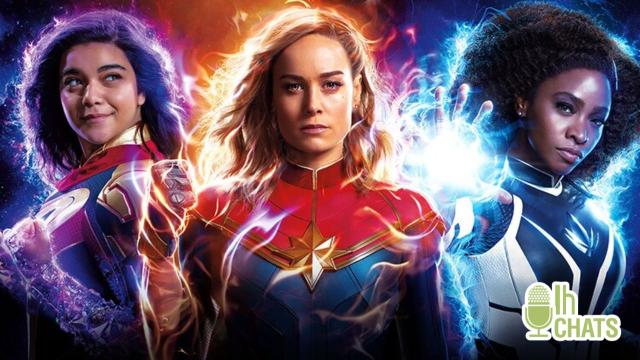
Leave a Reply
You must be logged in to post a comment.